
- Brazilian crop agency Conab said March 12 that it cut its estimate for the 2013-2014 soy harvest because of a drought in some growing areas.
- Brazilian farmers will grow 85.4 million tons of soy in the current season, according to Conab, which in its February report had forecast a crop of 90 million tons. The 2012-2013 harvest was 81.5 million tons.
- Conab also cut its forecast for the two 2013-2014 corn harvests compared with the February report, to a total of 75.2 million tons from 75.5 million tons. That compares with a harvest of 81.5 million tons in the 2012-2013 season.
- The worst drought in about 40 years in the states of Sao Paulo and Minas Gerais is harming Brazil's soy, coffee, sugar and orange crops.
- Brazil is the world's biggest producer of sugar, coffee and oranges, and the second-biggest producer of soy, after the U.S.
- Sao Paulo and Minas Gerais states together are Brazil's biggest producers of oranges, sugar cane and coffee, while Mato Grosso state is the biggest producer of soy.
- Conab cut its estimate for Sao Paulo's soy crop to 1.9 million tons from 2.1 million tons in its February crop report, and reduced the estimate for Minas Gerais' crop to 3.3 million tons from 3.8 million tons in February.
- Conab raised its estimate for Mato Grosso's production to 26.4 million tons from 26.2 million tons in the February report. For another big soy-producing state, Goias, Conab cut the forecast to 8.6 million tons from 9.5 million tons.
- Conab publishes the reports monthly, and it's possible the agency will cut its soy estimate even more. The survey for the March report was carried out from Feb. 16 through Feb. 22.
- The soy harvest is near its peak in March, and heavy rains in Mato Grosso since the end of the most recent survey have made it difficult for equipment to enter the fields. Some of the soy could already be starting to rot on the ground, and that situation could grow worse if the rains in Mato Grosso don't let up, agronomists say.
WHEAT
General Comments: Wheat was higher on ideas of good demand and worries about dry weather in the southwestern Great Plains. Parts of Texas are too dry, and the dry área extends north into some parts of Kansas. Crops in southern regions of this área are coming out of dormancy. The dry áreas had been expected to get some badly needed precipitation from the storm that passed through the Midwest, but the storm tracked north of the dry áreas. Current US forecasts call for moderating temperatures as Spring tries to arrive.
However, the overall pattern supports colder than average temperaturas overall for the foreseeable future, especially in the Eastern half of the country. US export demand has been solid, but the potential world competition has been the primary negative for US prices as the US wants to remain competitive in world markets. Ukraine remains a feature, and the government there said that crop áreas in Crimea will not get planted. But, the rest of the country is expected to plant normally. Charts show that Wheat futures held some support áreas and might try to move higher today.
Overnight News: The southern Great Plains should see dry weather. Temperatures should average near to above normal. Northern areas should see dry conditions. Temperatures should average mostly above normal. The Canadian Prairies should some snow Saturday, otherwise mostly dry conditions. Temperatures will be near to below normal, but western áreas could see above normal temperaturas this weekend.
Chart Analysis: Trends in Chicago are mixed to up with objectives of 668, 682, and 692 May. Support is at 656, 637, and 636 May, with resistance at 667, 679, and 692 May. Trends in Kansas City are up with objectives of 740, 759, and 768 May. Support is at 725, 707, and 703 May, with resistance at 738, 742, and 750 May. Trends in Minneapolis are up with objectives of 724 and 742 May. Support is at 706, 687, and 663 May, and resistance is at 716, 719, and 742 May.
CORN AND OATS
General Comments: Corn closed higher in "Turnaround Tuesday" trading. There was no real news to push prices one way or another, but the strng rally in Wheat added some support to Corn prices. USDA might be forced to increase demand projections down the road. USDA cut domestic demand by cutting feed demand in a move that showed the devastation being caused to the hog Heard by the PED virus. Wire reports a couple of weeks ago showed that about 4.0 million pigs have already been lost, and Live Hog futures have been trading significantly higher ever since. Oats were higher after two sharply lower days as the Canadian government moved to forcé the railroads to move more grain to ports and the US on Friday. The move could ease the tight supply situation here in just a few weeks. The US relys on Canadian Oats and most come by rail. Weather in the Midwest will trend to mostly below normal through the weekend. The weather remains good in South America. The market will keep a close eye on the planting progress of the Winter Corn crop in Brazil as planting is delayed.
Overnight News:
Chart Analysis: Trends in Corn are mixed to down with objectives of 461 and 438 May. Support is at 473, 470, and 465 May, and resistance is at 485, 492, and 502 May. Trends in Oats are down with objectives of 414 and 354 May. Support is at 416, 414, and 394 May, and resistance is at 438, 445, and 446 May.
SOYBEANS AND PRODUCTS
General Comments: Nearby Soybeans and products closed lower in taalk of Chinese cancellations of purchases in Brazil and significantly weaker cash markets there. New crop months were nigher for no apparent reason, and it looks like bear spreads were very active. Overall, the market seems to have run out of some of its bullish steam since the crop reports were released. USDA increased export demand, but cut the domestic demand and increased imports to keep ending stocks a Little higher than the trade had expected. The cut in domestic demand came as less Soybean Meal demand is anticipated due to the reduced hog numbers. Less Soybean Oil demand was also anticipated due to the potential for less biofuels demand. There were more unconfirmed reports that China had cancelled purchases of up to 2.0 million tons of Soybeans from Brazil. China has had a very hard time getting out of purchase Contracts here so it is pushing Brazil. The reports might not be confirmed, but premium levels remain weak. Reports indicate that China has overbought Soybeans and need not buy more anytime soon. The harvest is active and should be more than 50% done in Brazil. Speculators overall remain very long Soybeans and Soybean Meal on ideas of tight supplies here in the Midwest, and began to liquidate some of these longs yesterday.
Overnight News:
Chart Analysis: Trends in Soybeans are mixed. Support is at 1402, 1388, and 1377 May, and resistance is at 1426, 1436, and 1445 May. Trends in Soybean Meal are mixed to down with objectives of 421.00 and 392.00 May. Support is at 438.00, 432.00, and 430.00 May, and resistance is at 450.00, 459.00, and 465.00 May. Trends in Soybean Oil are mixed. Support is at 4310, 4280, and 4190 May, with resistance at 4480, 4520, and 4580 May.
CANOLA AND PALM OIL
General Comments: Canola was higher on speculative buying. Farmers were scale up sellers. Traders think Canola is cheap compared to Soybeans, and some have been buying Canola and selling Soybeans as a spread. Canada annolunced a free trade pact with South Korea that could support canola demand. Traders remain bearish on the logistical problems that plague the Canadian Prairies that makes selling Canola and other farm products very difficult. These problems should ease in coming weeks as the Canadian government is now forcing railroads to move grain. Canola is cheap compared to other oilseeds and can move higher once the grain finally starts to move. Palm Oil was sharply lower on follow through speculative long liquidation. Ideas of crop losses from current dry Malaysian weather provide some support. Hwever, traders are worried about demand with Chinese economic weakness. Ideas are that they might buy less if the economy there continues to weaken., Plus, they have over bought in Soybeans and should have plenty of Soybean Oil to replace Palm Oil imports. Private export data was disappointing for thefirst third of the month. Ideas are that demand will only increase over time as Indonesia implements new bio fuels mandates involving Palm Oil.
Overnight News:
Chart Analysis: Trends in Canola are mixed. Support is at 442.00, 432.00, and 428.00 May, with resistance at 460.00, 467.00, and 473.00 May. Trends in Palm Oil are mixed to up with objectives of 2920, 2950, and 3030 May. Support is at 2860. 2825, and 2810 May, with resistance at 2920, 2950, and 2980 May.
RICE
General Comments: Prices closed higher, with old crop months leading the way. Much of the cash market remains tight, although mills in Texas appear to be covered. Much of the Mid South is trying to get fieldwork started and not interested in marketing. Texas producers are active with fieldwork amid a weaker cash market there. Both áreas should see drier and cool weather this week. California and what the producers will be able to plant remains an open question. Some very beneficial rains have hit California in the past week, but much more will be needed. Texas wáter problems are continuing as producers there return to the fields. Arkansas markets are quiet but firm. Asian long grain prices are steady. Charts show that futures may have reversed yesterday.
Overnight News: Mostly dry weather. Temperatures will average near to below normal this week and near to above normal this weekend.
Chart Analysis: Trends are mixed. Support is at 1533, 1520, and 1518 May, with resistance at 1544, 1549, and 1556 May.
DAIRY
General Comments: Dairy markets were mixed to higher in quiet trading. The market is tryingt to decide if it needs to rally more ori f it has done enough for now. Cheese and Butter are losing upside forcé. Milk made some new hioghs yesterday, but did not act like a new leg was needed at the end of the day. Cash markets remain generally strong, with export demand leading the way. Domestic markets are also strong as the weather remains cold and wet in many áreas. Some buyers are fighting the increased Butter prices, but willing to buy Cheese on price breaks. Milk and dried products demand is called steady right now. US production should start to increase as the Midwest gets warmer in the next few weeks. European production continues to increase, especially in the west due to better weather there. New Zealand production is strong, but dry conditions in Australia have hurt production there. Demand ideas for all dairy products remain strong, especially for Asia and especially China as the región and country import a lot of milk powder.
Overnight News:
Chart Analysis: Trends in Milk are mixed to up with no objectives. Support is at 2100, 2040, and 2020 April, and resistance is at 2145, 2180, and 2200 April. Trends in Cheese are mixed. Support is at 205.00, 202.00, and 199.00 April, with resistance at 210.00, 213.00, and 216.00 April. Trends in Butter are up with no objectives. Support is at 185.00, 182.00, and 180.00 April, and resistance is at 189.00, 192.00, and 195.00 April.









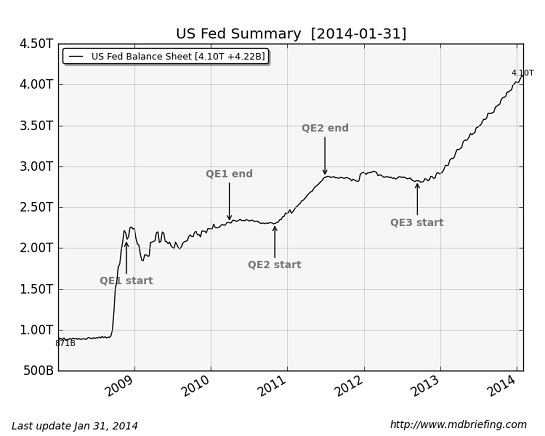

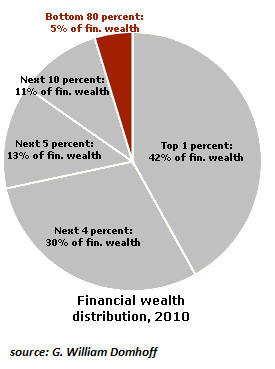
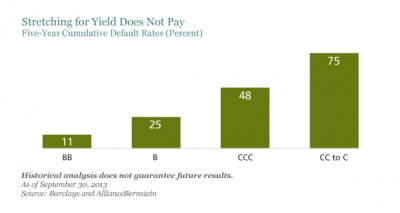
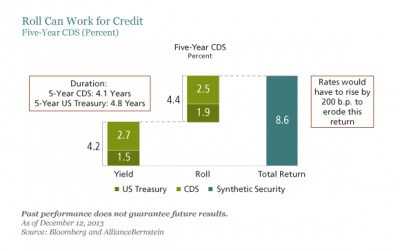

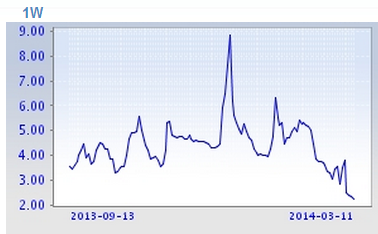

 Wolf Richter
Wolf Richter








